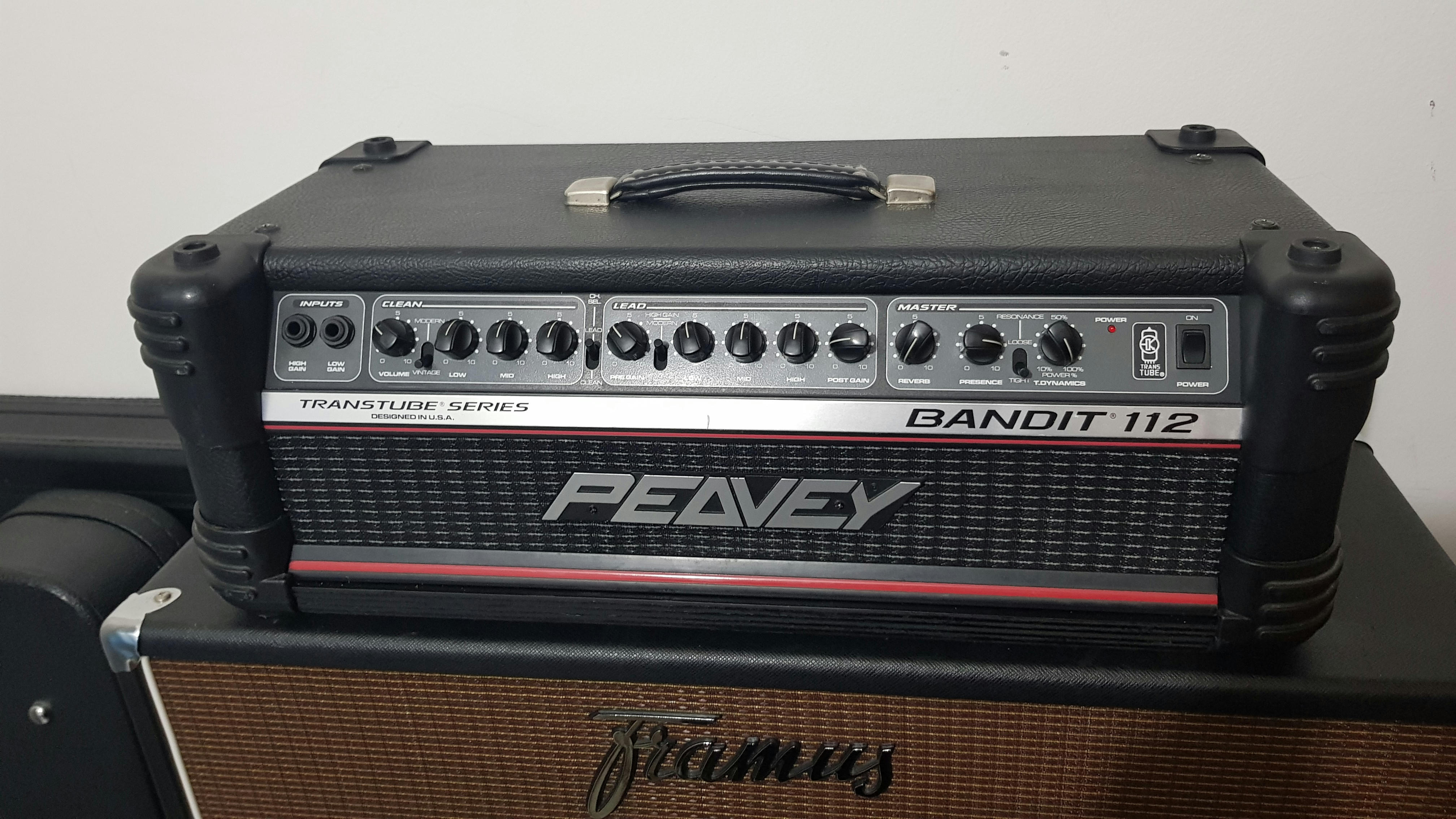D
Deleted member 490
Guest
Anyway, maybe it's better if you ask for help on the facebook group, there's a handful of very helpful people in there, including the creator of NAM
Does it also use less CPU when running it in the plugin?I installed Google Chrome and everything works there, it's a problem with the browser.
I HATE Chrome.
Anyway, a 'Feather' capture is 87kb and takes HALF the time to train with 100 epochs as 'Standard'.
A 48kHz 24bit 2048 samples IR is 6kb.
I will try 'feather' with 500 epochs.
I don't think I can check how much CPU individual plugins take in Cakewalk, but from what I see in windows task manager, Standard jumps round 8% and Feather around 5%, that's with all other processes Cakewalk runs.Does it also use less CPU when running it in the plugin?
Does it also use less CPU when running it in the plugin?
They have a Facebook group where people share their captures and also a GitHub that someone is compiling all of themI'm sure a dumb question but I was able to download the vst file and get it in my DAW. Is there a folder area on their website with amp models from various users or no?
https://drive.google.com/file/d/1PcYTsMHDx10LqErTiya7MwkizQLxb-pC

https://drive.google.com/drive/folders/1Cv6trMvCPieDqmIPy0G2QnB8TkjsPYSj

aliasing
Can you run a sine tone at above 11kHz into ToneX and check if it sounds like a broken ring modulator?
Someone on the Fractal forum in a thread discussing Fractal vs Capture posted a link to ‘A Review of Neural Network-Based Emulation of Guitar Amplifiers’ which is interesting reading if solely for its description of the techniques used for amp emulation and the trade offs.
Something that stood out in their conclusions was the following:
we include the evaluation methods used and the limitations of each method, exploring avenues for further work. Notably the real-time capabilities of such approaches warrant further investigation as the current methods, although some of which are capable of real-time use, are limited to a sampling rate of 44.1 kHz which is the lower bound for acceptable audio quality in music and is insufficient for anti-aliasing techniques based on upsampling the signals. Moreover, the presence of aliasing produced by the networks requires further study.
I just tested, yep, it's terrible.
I wonder if that is an inherent problem with capture itself at a limited sampling rate or the player?
For example, the capture itself is 48kHz but the player has internal x4 upsampling, will that fix aliasing?
Anyone tested ToneX for aliasing?
@MirrorProfiles
Can you run a sine tone at above 11kHz into ToneX and check if it sounds like a broken ring modulator?
will do.
I noticed before when doing captures at 48kHz (instead of the recommended 44.1) that it was aliasing like a m*****f****r. I think that was more down to IK not implementing oversampling or working at unexpected sample rates very well though.
There were loads of people having issues with captures who were using Fractal units as their interface, which are locked at 48kHz.
The aliasing is probably a bigger concern if you’re stacking up pedals+amp into several blocks. I’m not aware of anyone hearing audible problems from aliasing from even the most high gain captures. I wonder if the slightly softer top end of ToneX is down to oversampling filters.
I know NAM isn’t really supported at multiple sample rates and, should probably look into good sounding anti aliasing filters when support comes.
Hey all !
Just a dumb question as I really don't know what specifically "aliasing" is (?)
In my simple testing with my Helix, GT1000 and Tonex CS [Free] Software all I have done to "test it" is as follows - but I have no idea if I'm right or wrong:-
=> I've recorded several clean / crunch / gain / lead recordings of each
=> playing basic chords etc .... and then let the final loud chord strum ring and die out to nothing.
=> I've then closely listened back to each - and especially the last chord strum ring out all the way to nothing - and I can hear any "clicks", "pops", sizzle", "crackle", "artifacts" etc... or any kind with any of the three I tried (?) ... just pure normal signal / sound
Is the above in any way a "proper method " to listen for and identify "aliasing" (?)
I genuinely don't know and would like to know so I know what I should be listening for :)
All the best and many thanks,
Ben

The solution is to oversample

Axe-Fx III Firmware Release Version 13.00 Public Beta
Okay, I guess I need to revise my understanding. The way I understand it, Nyquist tells us that in order to perfectly reconstruct a signal, we need a sample rate that’s at least twice the highest frequency in the signal. And we need to leave enough room between that Nyquist rate and our sample...forum.fractalaudio.com
